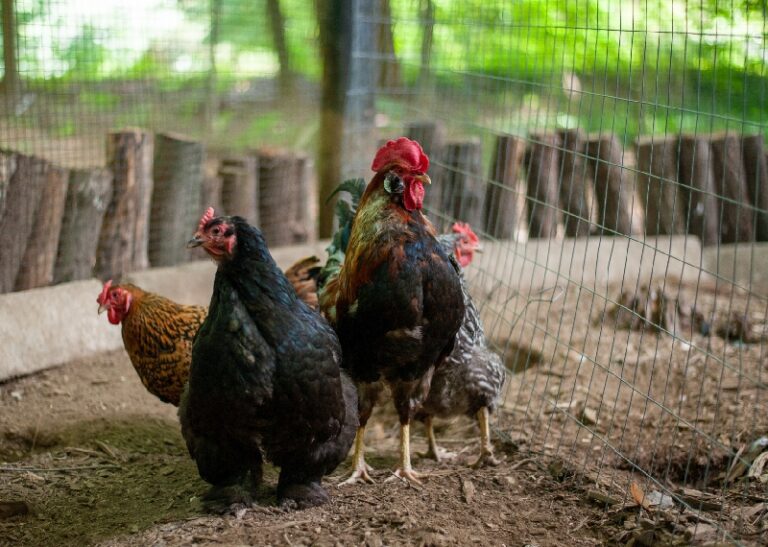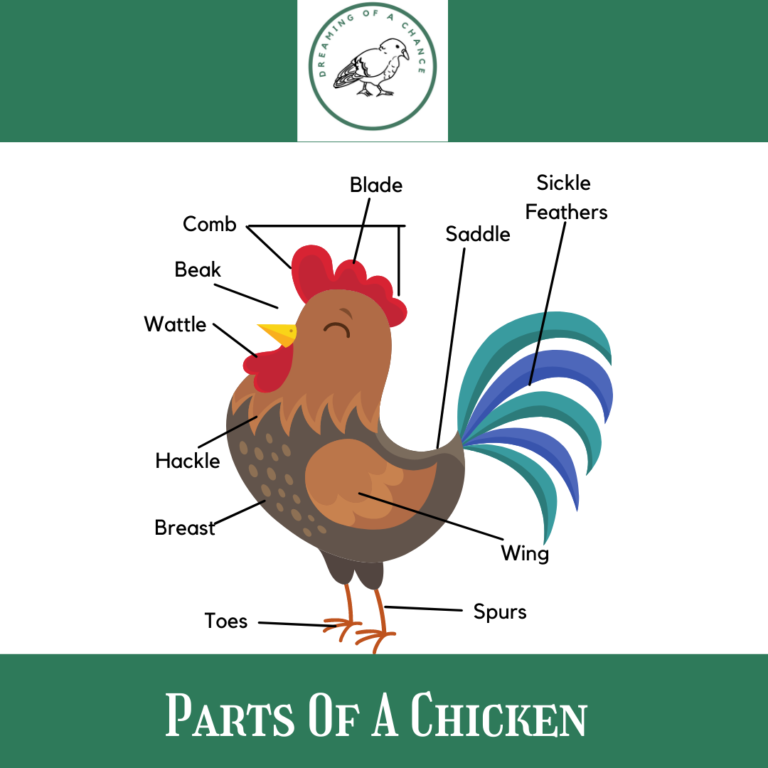Sexing Chickens

Want to know if your chicken is a boy or a girl? In this article, we will teach you how to sex your chicken.

Locations to Pinpoint
There are 4 key points to look at on a chicken to determine gender based on appearances: 1) Saddle Feathers, 2) Hackle Feathers , 3) Comb and Wattles, and 4) Sickle Feathers
Saddle Feathers
By 6 weeks old, saddle feathers are starting to become more pointed in roosters and are rounded in hens. This photo shows a photo of saddle feathers on a 9 week old male chicken.


Hackle Feathers
Similar to the saddle feathers, these feathers will also be more pointed on males than on females. On breeds that have feather lacing, be sure to look closely to make sure that it is a pointed feather and not just an optical illusion from the lacing.
Comb and Wattles
Comb and wattle size really depends on the breed of chicken so a larger comb or wattle in one chicken versus another doesn’t really determine gender. Males tend to get red coloration in the combs and wattles early whereas females tend to be a light pink to yellowish color almost until they are 4-6 months old. Charlie has a very red coloration for a 9 week old chicken indicating that he was a male.

Sickle Feathers
Sickle feathers are what are give rooster’s tail that flowy, curled appearance. Roosters tend to have very long, curved sickle feathers whereas females are short and rounded. Here is an example of a young male’s sickle feathers.
